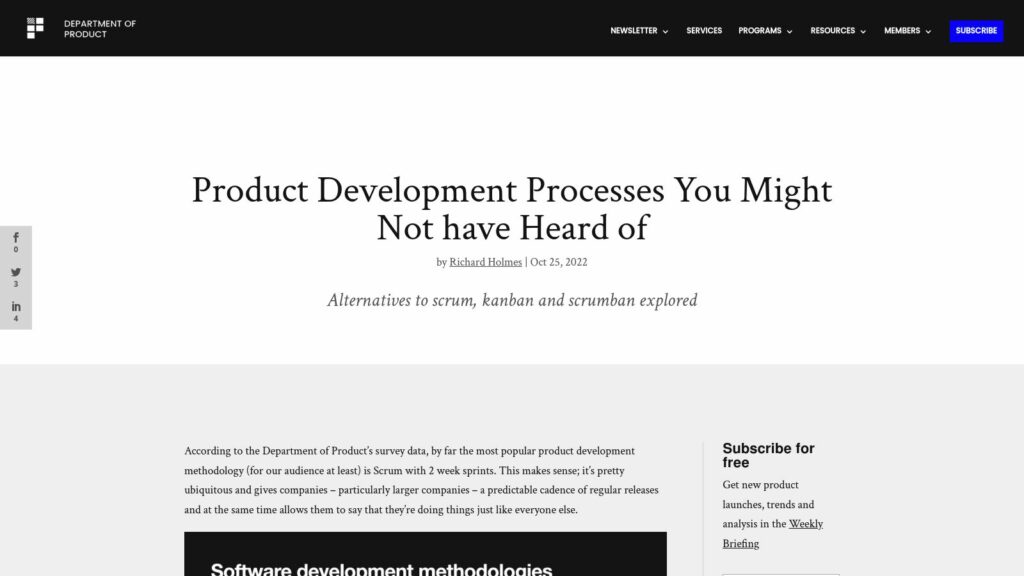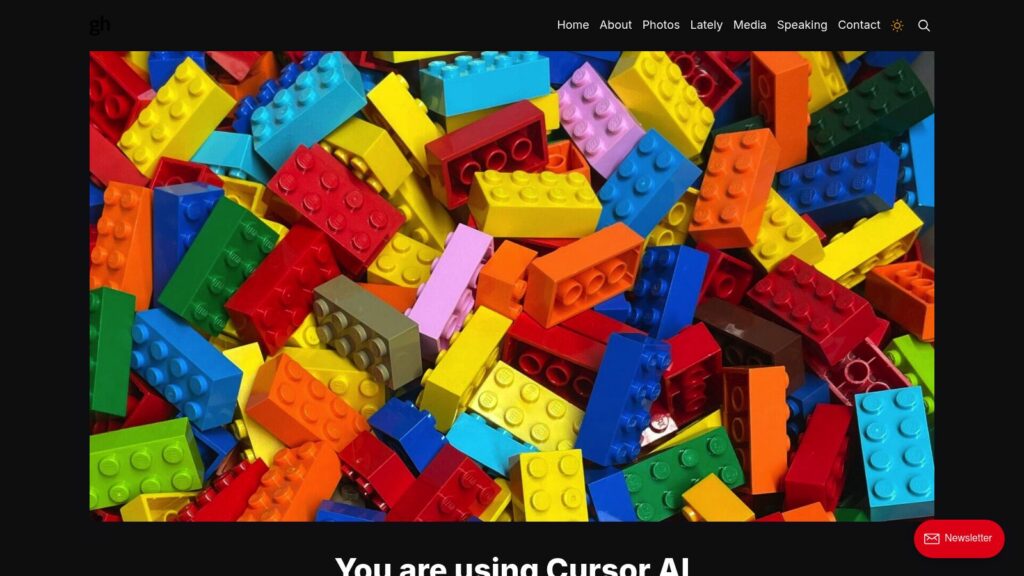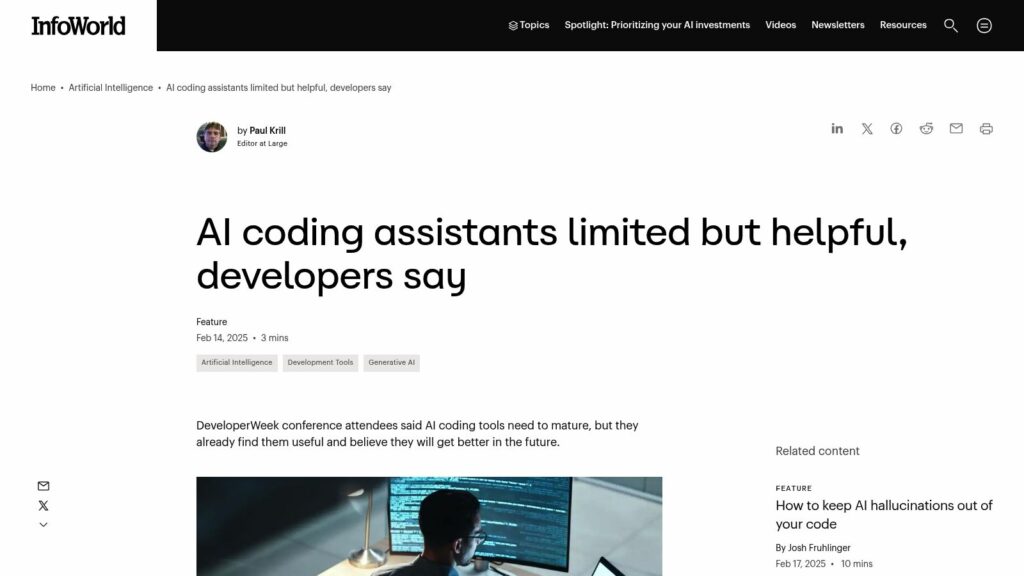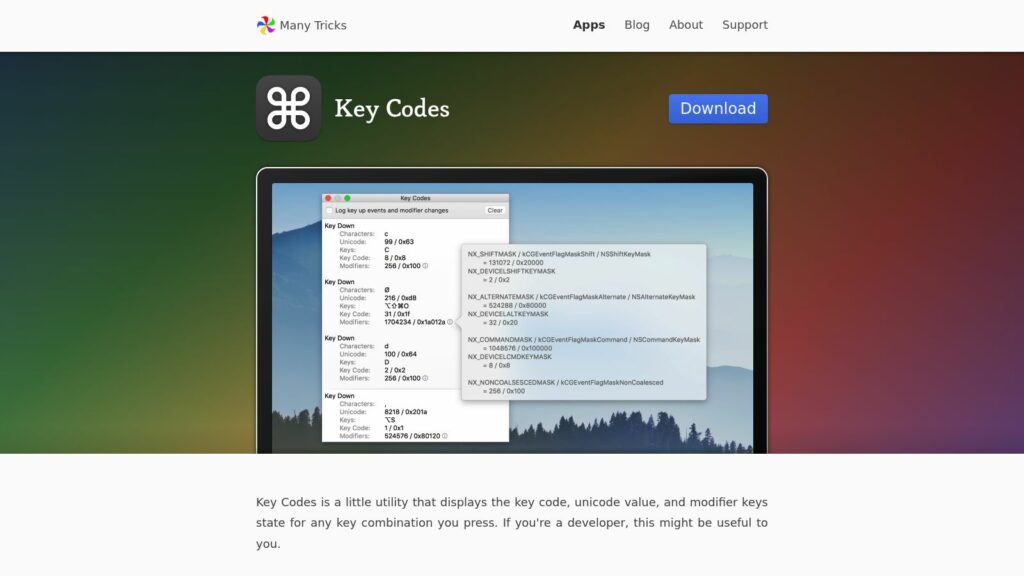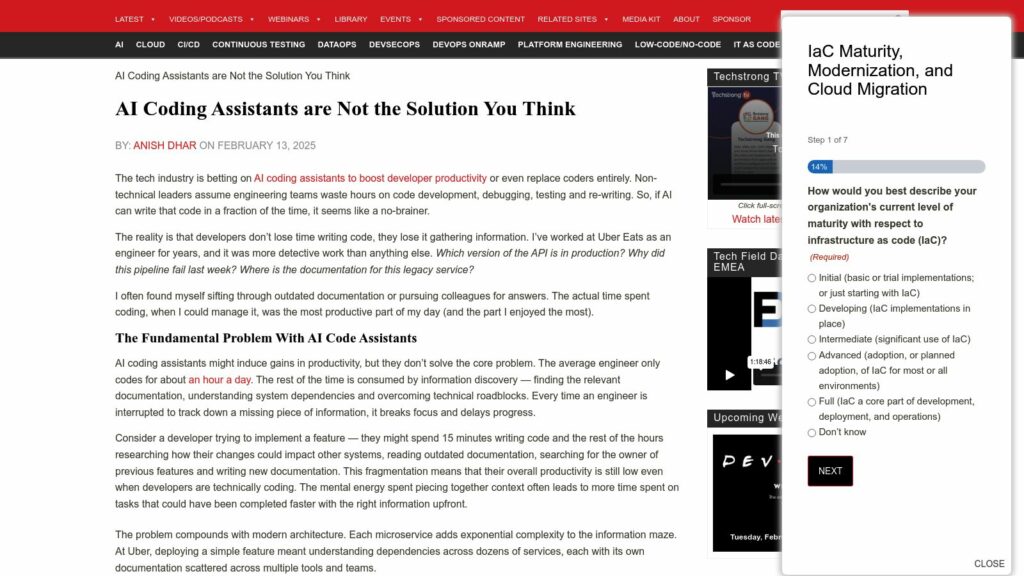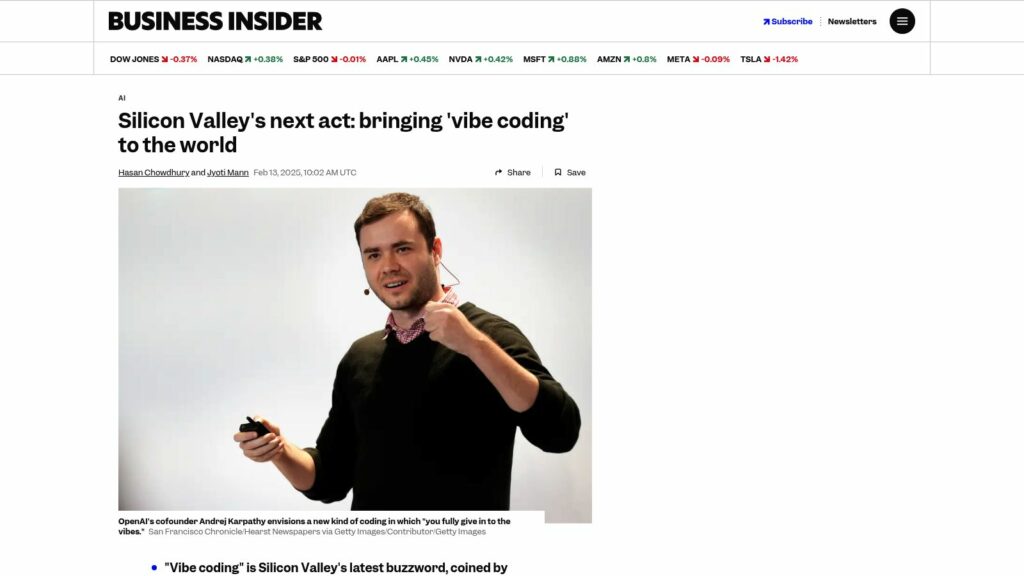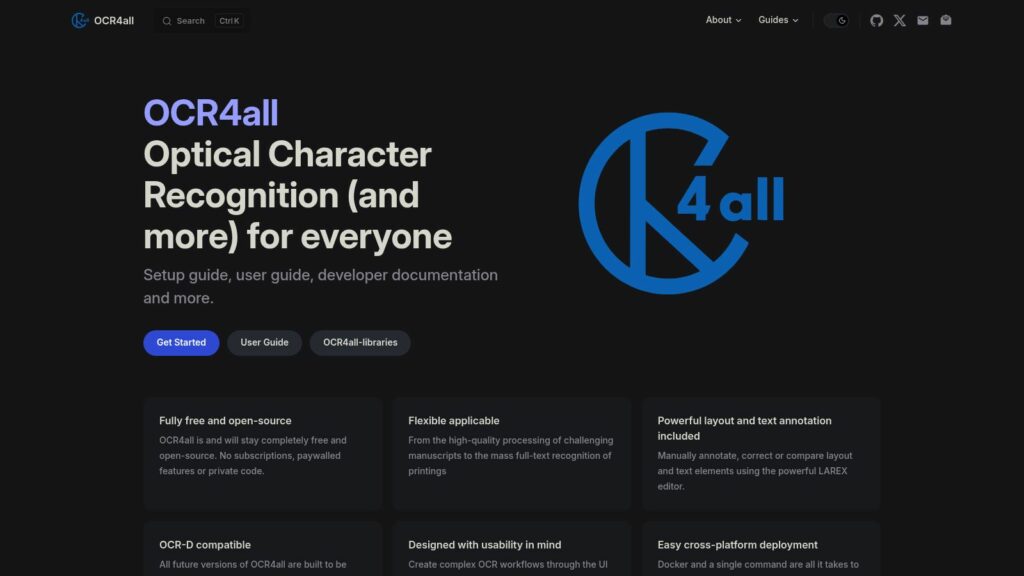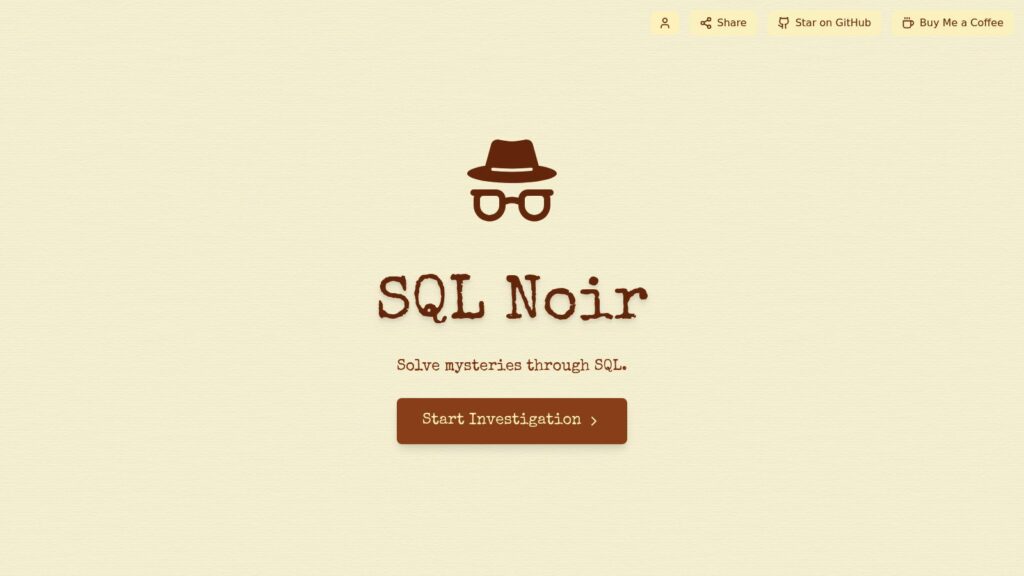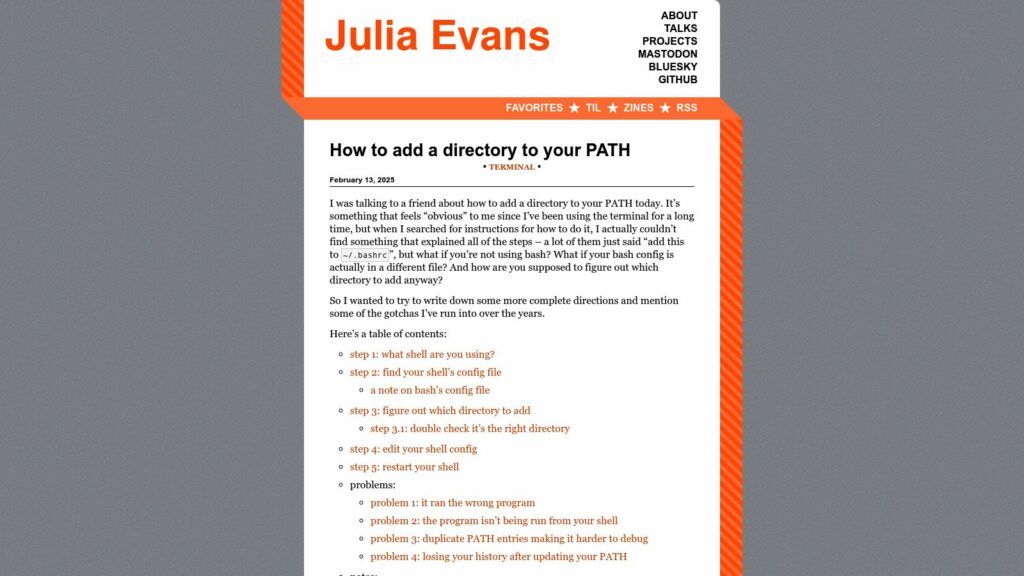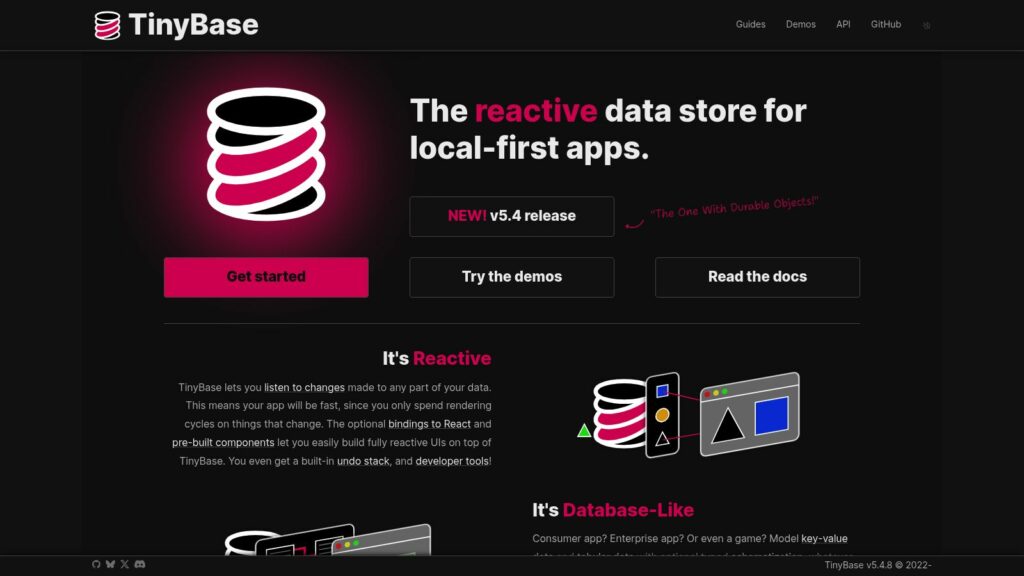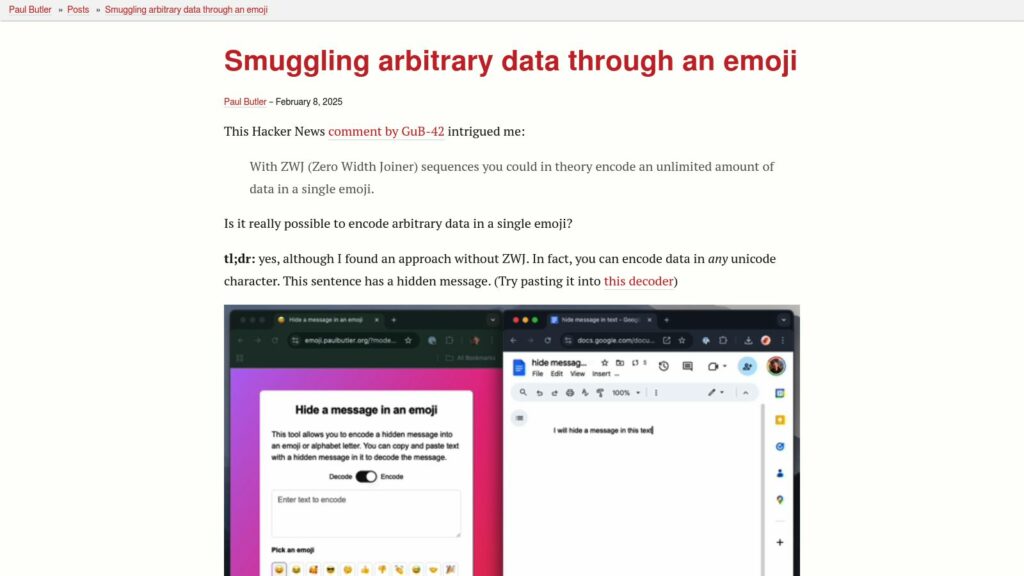Product Development Processes You Might Not Have Heard Of
Explore alternative product development methodologies beyond Scrum, Kanban, and Scrumban; these include:
- ShapeUp: A 6-week cycle focusing on shaping solutions before committing to builds through phases: Shaping, Betting Table, and Building.
- Plan > Build > Ship: A lighter waterfall approach emphasizing complete ownership of features from planning to shipping.
- Get Shit Done (GSD): Emphasized by Shopify, this method promotes rapid problem-solving through Think, Explore, and Build phases, supported by tracking tools.
These alternatives cater to different organizational needs and should be considered when structuring product processes.
https://www.departmentofproduct.com/blog/product-development-processes-you-might-not-have-heard-of/

